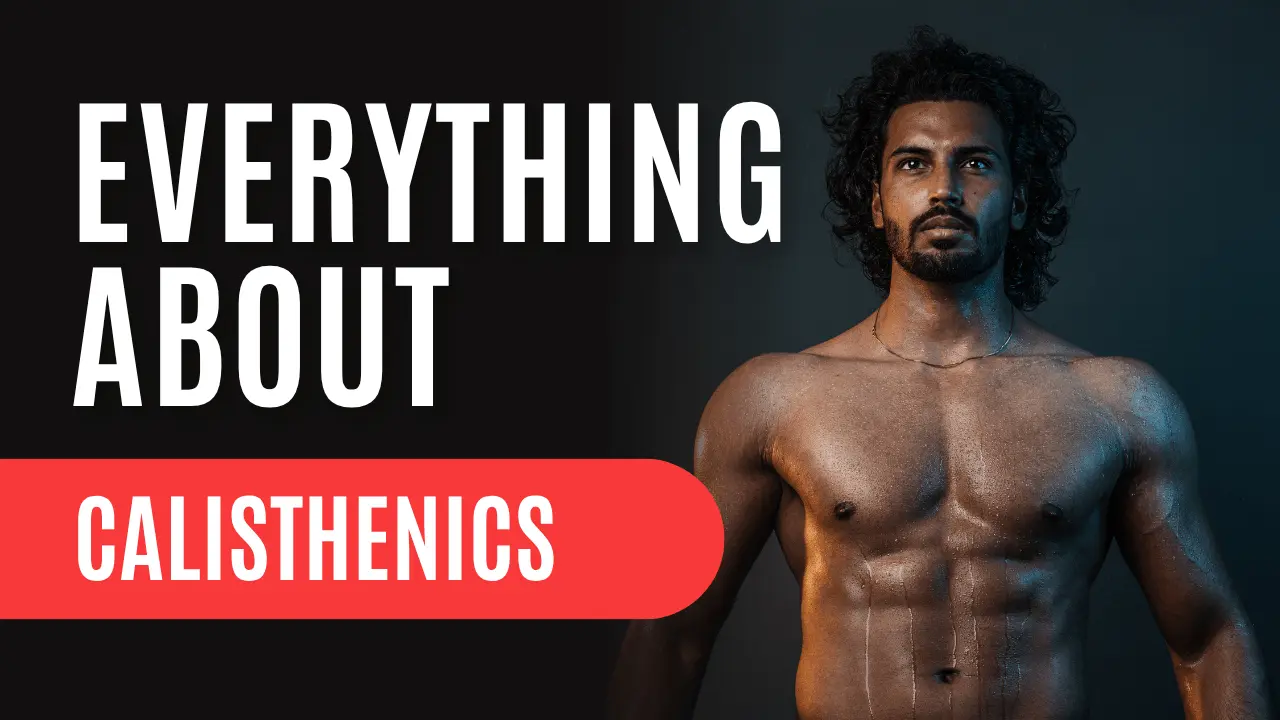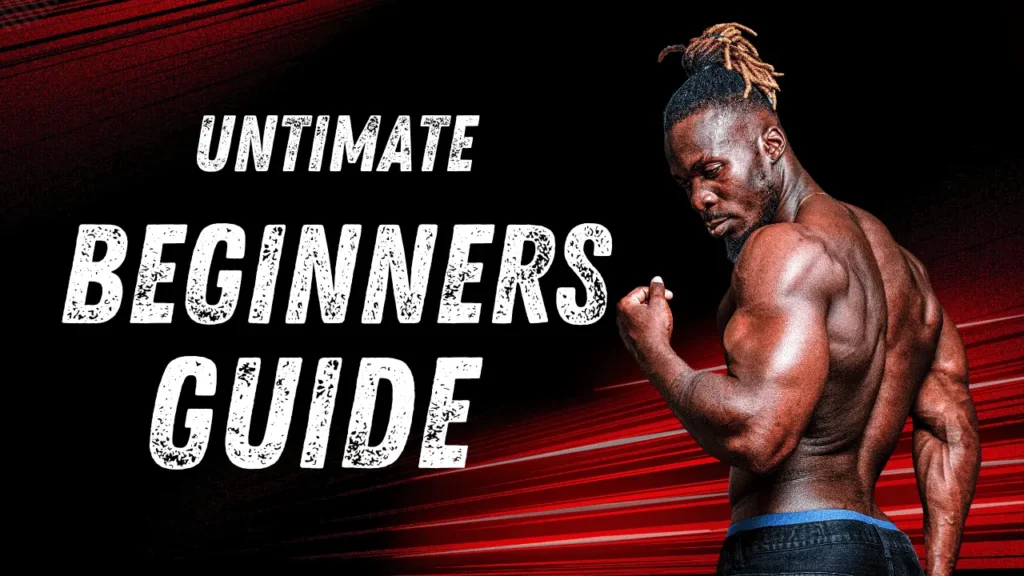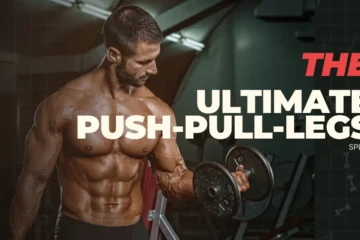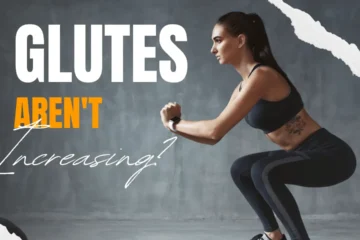Everything you need to know before training calisthenics

Since you are here, we can conclude that you have heard about callisthenics and you want to try it too. Well, I hope you know the idea of callisthenics, the art of training and building muscles just by using your body weight. The idea of building strength, flexibility, and muscle using nothing but your body weight is fascinating. But stepping into this can be a little challenging. You might wonder: Is this the right path for my goals? Can I really get fit without a gym or weights?
Great questions, and the short answer is yes, absolutely.
This guide consists of all the essential things you need to know about callisthenics, from key exercises to building a workout routine. Just follow this guide, and eventually you will feel more confident and ready to begin your bodyweight fitness journey.

What is Callisthenics?
Callisthenics is a form of strength training in which you have to use your own body weight for developing resistance. It’s not like traditional weightlifting, which only revolves around isolating muscle groups; callisthenics focuses on compound movements. Basically, this means exercises that work multiple muscles at once. This means being stronger as well as improving your coordination, balance, and flexibility too.
Popular callisthenics exercises include:
- Push-ups
- Pull-ups
- Squats
- Dips
- Lunges
The best part of this training style is that it doesn’t need any fancy equipment, which makes it accessible to all and is convenient. But being accessible doesn’t mean it’s easy or simple.
Understanding the Basics: Key Terms to Know
Before diving into routines, let’s define a few important terms:
- Bodyweight Exercises: Movements that use your body as resistance (e.g., push-ups, pull-ups).
- Repetitions or Reps: The number of times you perform an exercise in one go.
- Sets: Groups of reps performed back-to-back before resting.
- Progressions: Variations that increase difficulty as you get stronger (e.g., moving from knee push-ups to full push-ups).
Training with correct form is a must in callisthenics for targeting the right muscles without getting injured. Hence, here are a few general tips:
- Engage your core throughout each movement.
- Focus on slow, controlled motion.
- Breathe consistently; exhale during the effort part of the exercise.
Setting Up for Success
Before starting your first workout session, make sure to prepare your environment and goals for better and faster results.
- Choose Your Workout Space
All you need is a spot where you can move freely. This could be your living room, a quiet corner of your garage, or a public park. - Optional Equipment
These are optional equipment, not necessary, but if you can afford these, then get one for yourself.
- Pull-up bar – For pull-ups and chin-ups
- Dip station or parallel bars – Great for dips and leg raises
- Resistance bands—ideal for assistance or added resistance
- Rings—Versatile and portable for advanced movements
- * Weighted vest—for adding difficulty as you progress
3. Set SMART Goals
Define what you want to achieve: lose weight, build strength, or master skills like handstands? Set specific, measurable, achievable, relevant, and time-bound goals to stay focused and motivated.
The Core of Callisthenics: Push, Pull, and Squat
Mainly, the callisthenics program revolves around these three movements; in almost every exercise, you need movements related to these.
Push Exercises
These target your chest, shoulders, and triceps.
- Push-ups: Start with your hands shoulder-width apart, lower yourself until your chest nearly touches the ground, then push up.
- Dips: Using dip bars or a bench, lower your body until your elbows hit a 90° angle, then push up.
Pull Exercises
These strengthen your back, biceps, and forearms.
- Pull-ups: Hang from a bar with an overhand grip and pull your chin above the bar.
- Chin-ups: Similar, but with an underhand grip, placing more focus on biceps.
Squat Exercises
These build your legs and glutes.
- Bodyweight squats: Lower your hips back and down, keeping your heels planted.
- Lunges: Step forward and lower until both knees are bent at 90° angles.
Building Your First Callisthenics Routine
Creating a beginner-friendly routine is easier than it sounds. Structure your sessions into three phases:
1. Warm-Up (5–10 minutes)
Start with dynamic stretches to get your blood flowing and joints ready:
- Arm circles
- Leg swings
- Jumping jacks
2. Main Workout (15–30 minutes)
Stick to foundational movements:
- 3 sets of 8–12 push-ups
- 3 sets of 5–8 pull-ups
- 3 sets of 10–15 squats
You can pair push and pull exercises to save time and maintain intensity. Always perform the most challenging movements first, when your energy is highest.
3. Cool Down (5–10 minutes)
End with static stretching to relax the muscles and aid recovery:
- Hold each stretch for 20–30 seconds.
- Focus on the areas you worked: chest, back, and legs.
Progressing Over Time
In callisthenics, progress isn’t about more numbers of reps, but it’s more about pushing your body in a smarter way to train the body.
- Add Reps & Sets: Gradually increase volume as you get stronger.
- Use Exercise Progressions:
- Push-ups → diamond push-ups → archer push-ups
- Assisted pull-ups → regular pull-ups → wide-grip pull-ups
- Squats → jump squats → pistol squats
Remember: never sacrifice form for numbers. Quality always beats quantity.
As a beginner, you’ll notice improvements quickly. Over time, progress may slow, but don’t let that discourage you. Progress is still happening.
Staying Motivated & Injury-Free
Sticking with callisthenics can be tough if you don’t keep things fresh. Here’s how to stay on track:
- Overcome Plateaus: Change your routine, increase difficulty.
- Celebrate Wins
- Prioritise Rest
- Injury Prevention: Always warm up.
Start Your Journey Today
You don’t need a gym nor any equipment; all you need is mindset, commitment, and your own body.
We’ve covered:
- What callisthenics is and how it works
- Basic exercises and terminology
- How to create a routine
- How to progress and stay motivated
Remember, fitness is a journey, and callisthenics is one of the most empowering and accessible ways to start and refine your body.



0 Comments